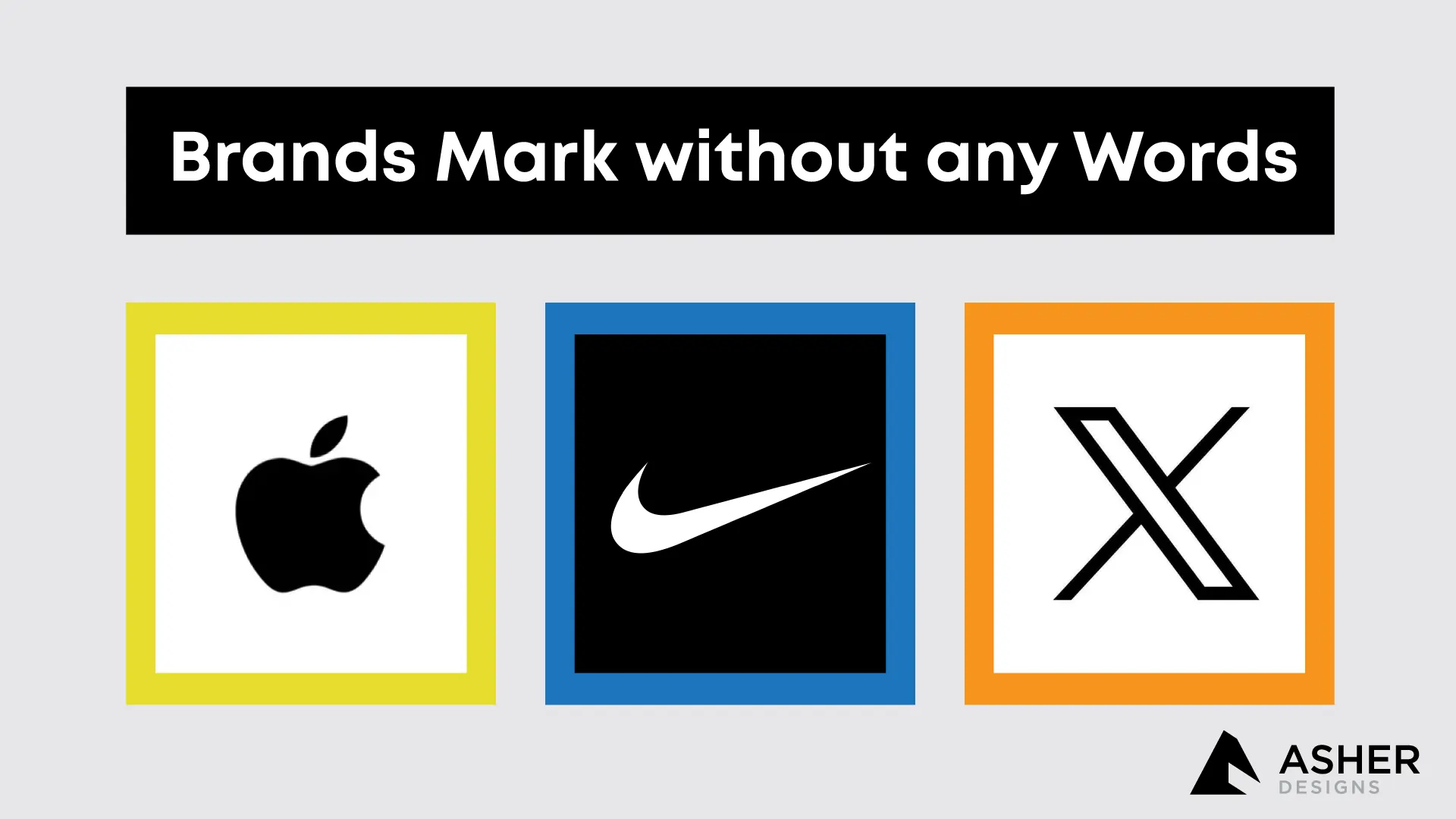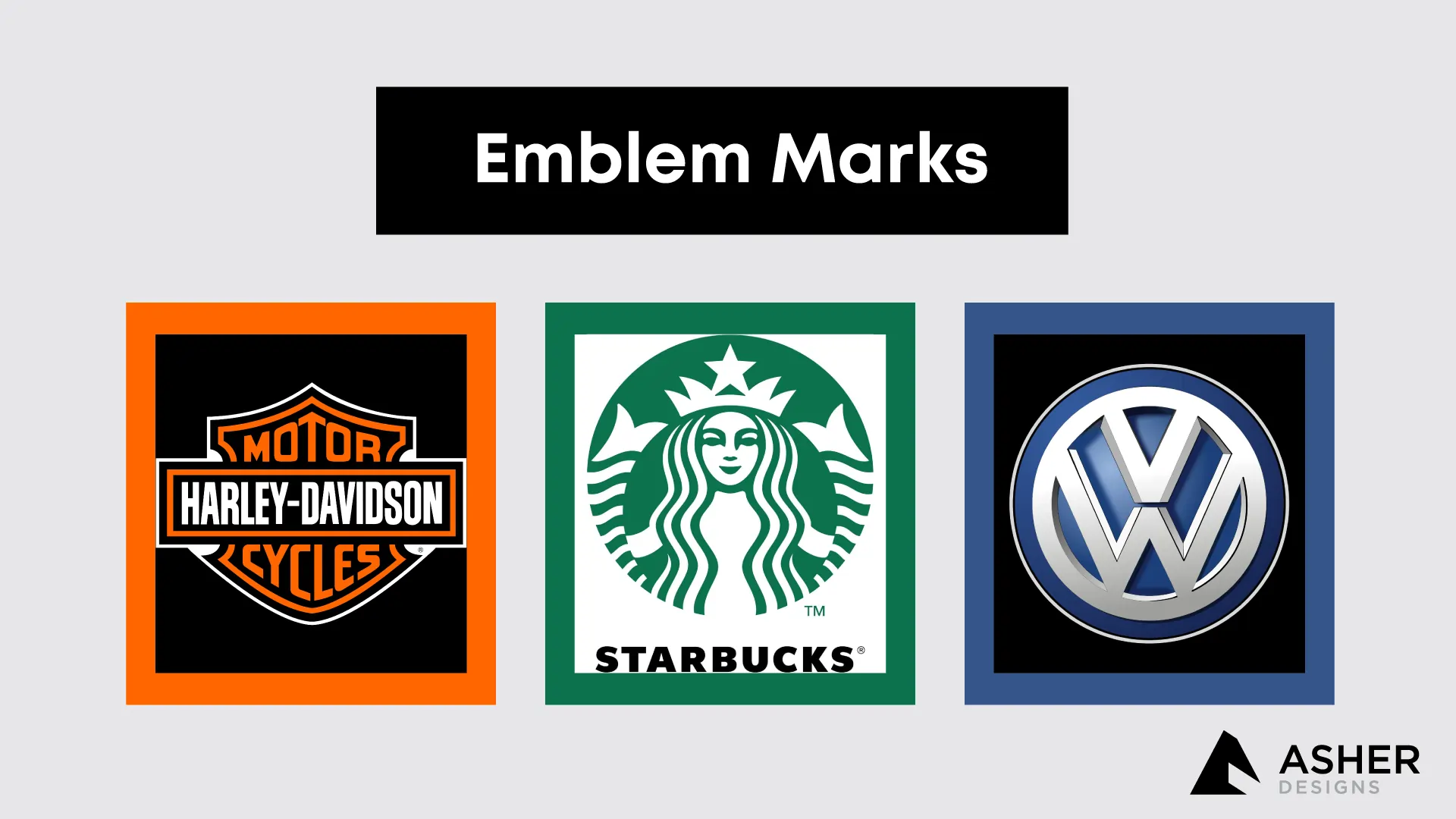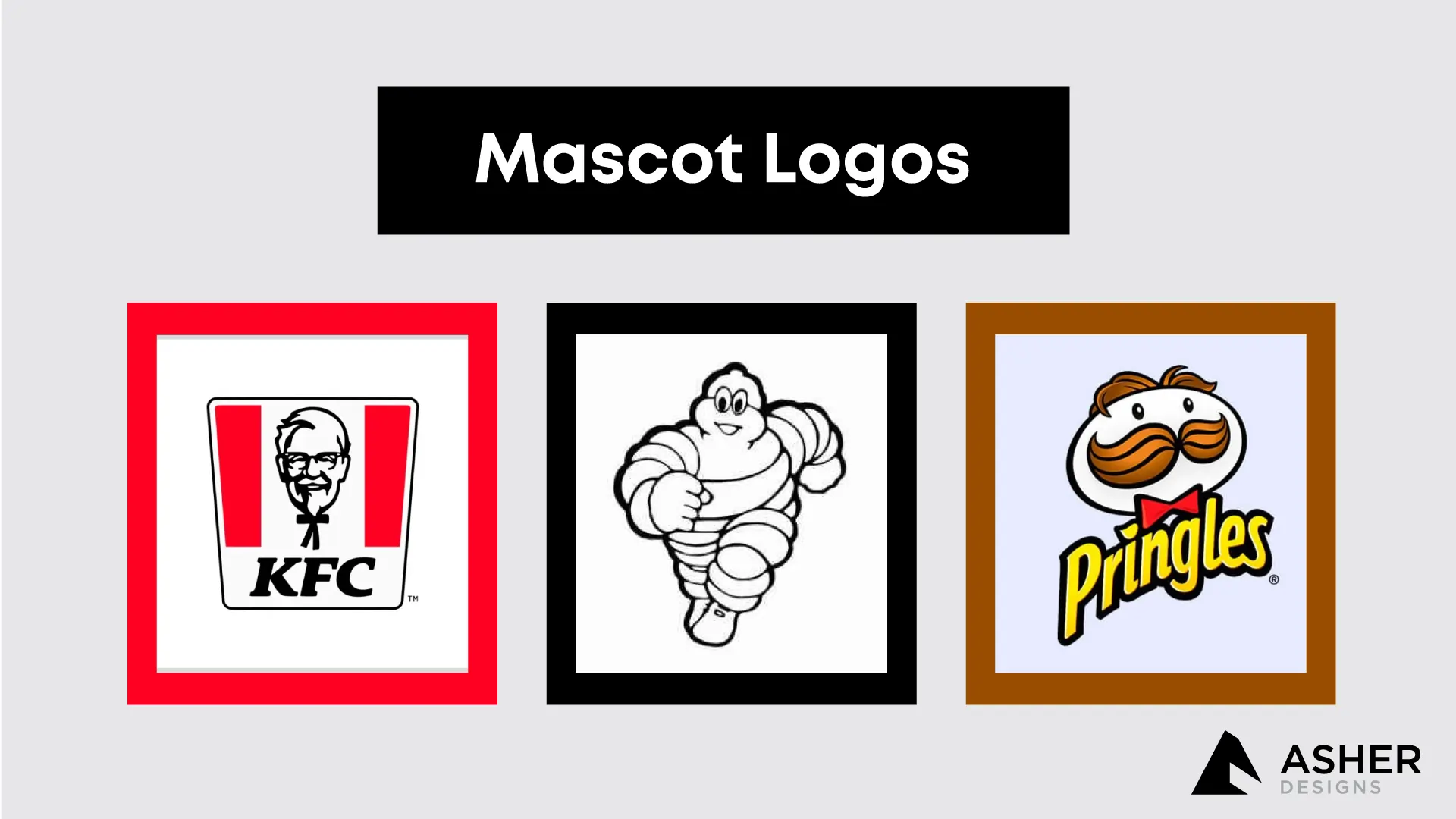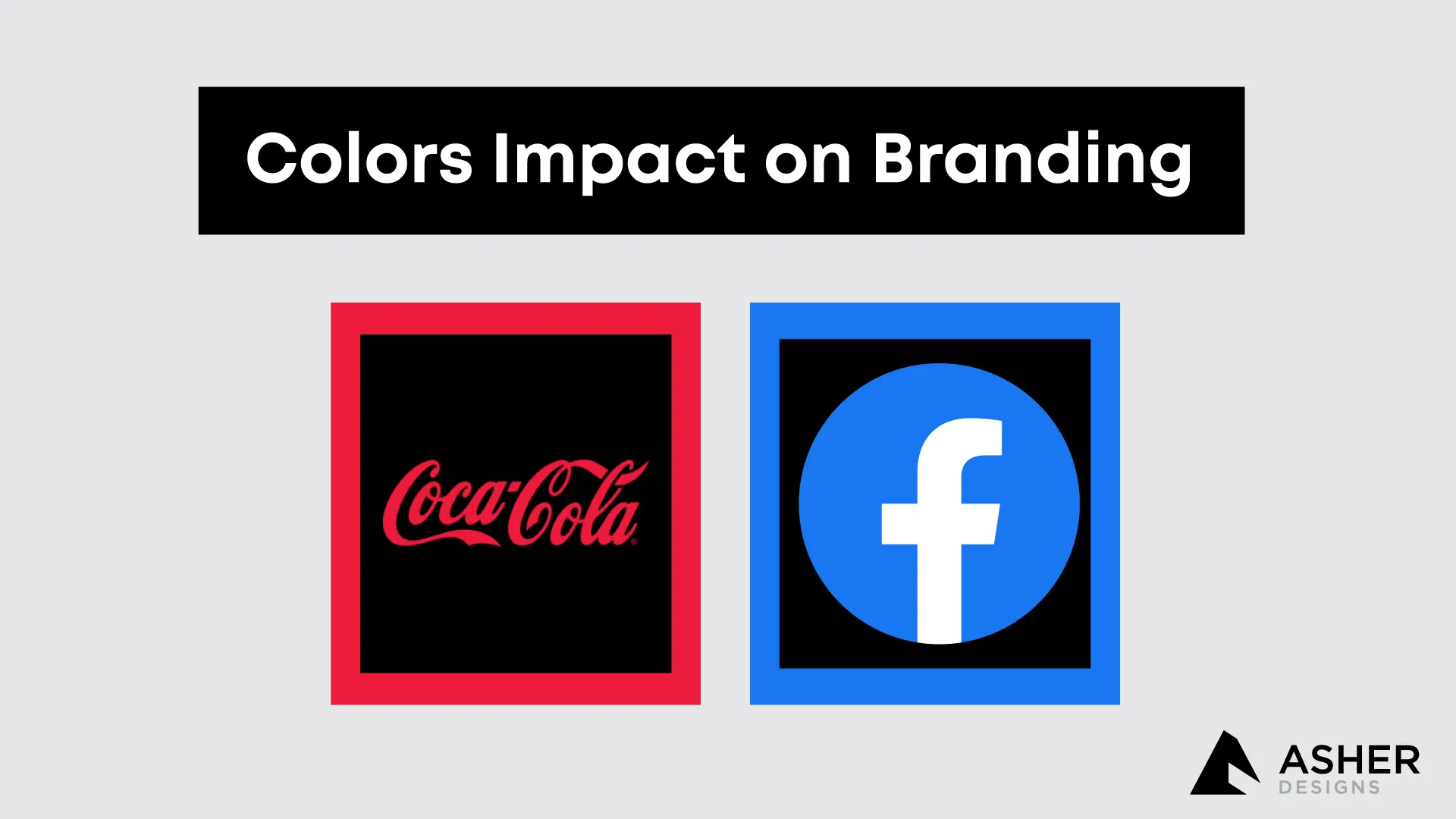When I started understanding the different types of logos (brand mark) early in my logo design journey, I thought every company simply had a brand mark, and that was it. But as I worked on more projects and studied branding in depth, I discovered that different businesses use different types of brand marks, each serving a unique purpose. Some brands rely solely on a symbol without any text, while others combine images and words to strengthen recognition. This opened my eyes to the fact that choosing the right brand mark isn’t just about aesthetics it’s a strategic decision that shapes a company’s identity.
What is a Brand Mark?
A brand mark is a visual representation of a business that doesn’t necessarily include the company’s name. Unlike a traditional brand mark, which often contains text, a brand mark is purely an icon, symbol, or image. Think of the Apple, the Nike swoosh, or the X, they are instantly recognizable even without any words. This makes brand marks incredibly powerful for brand recall, especially in global markets where language barriers exist.
Companies invest in brand marks because they create a strong emotional connection with customers. When designed correctly, they become timeless assets, allowing brands to evolve while maintaining a consistent identity.
Why Are Brand Marks Important?
Brand marks are more than just visuals; they play a crucial role in branding. A well-designed brand mark can make a company look professional, trustworthy, and memorable. Research shows that 93% of purchasing decisions are based on visual appearance, proving that the way a brand presents itself matters.
With the increasing use of social media and mobile-first designs, having a distinct brand mark is essential. Consumers scroll through content quickly, and a recognizable symbol can immediately capture their attention. Additionally, brand marks are ideal for app icons, product packaging, and social media profiles, ensuring seamless branding across different platforms.
Different Types of Brand Marks
Over the years, branding experts have identified several types of brand marks, each serving a unique purpose based on a company’s identity and marketing strategy.
Then, there are emblem marks, which combine a symbol with text inside a badge or shield. Examples include Harley-Davidson’s and Starbucks’ mermaid emblem. These marks often have a classic and traditional feel, making them perfect for brands that want to convey heritage and prestige.
For companies that want a fun and approachable image, mascot marks are a great choice. These involve illustrated characters, like KFC’s Colonel Sanders or the Michelin Man. Mascots make brands feel more human and engaging, which is why they’re commonly used by family-friendly businesses, sports teams, and food brands.
Some brands prefer combination marks, which include both a symbol and text. These are among the most versatile because businesses can use the elements together or separately. Examples include Burger King and Adidas. Many brands start with a combination mark and later evolve into a standalone brand mark once they gain recognition.
How to Choose the Right Brand Mark for Your Business
Choosing the right brand mark isn’t just about picking an image that looks good. It requires strategy, research, and alignment with your brand’s goals. One of the key factors is industry relevance. For example, law firms often use emblem-style logos to communicate trust and authority, while tech companies prefer abstract marks to reflect innovation and modernity.
Scalability is another crucial aspect. A brand mark should be versatile enough to look great on a business card, a billboard, or an app icon. If a design is too detailed, it might not work well in smaller sizes, leading to branding inconsistencies.
Examples of Successful Brand Marks
Looking at successful brand marks can provide insights into what works and why. One of the best examples is Apple, which started with a complex logo featuring Isaac Newton under a tree before simplifying it to a sleek apple silhouette. This change made the brand mark minimalist and modern, aligning with the company’s design philosophy.
Another great case is McDonald’s golden arches, which have become an internationally recognized symbol of fast food and comfort. The arches are simple yet powerful, making them effective for both signage and digital branding.
Nike’s swoosh is perhaps one of the most iconic abstract brand marks in history. Designed for just $35 in 1971, it has since become a symbol of speed, movement, and determination. Over time, Nike has completely removed the text from its logo, proving that a strong brand mark can stand alone without words.
The Role of Colors & Shapes in Brand Marks
Design is not just about aesthetics it’s about psychology and perception. Different shapes and colors influence how people interpret and connect with a brand. Circles often represent unity and community, while squares suggest stability and strength.
Colors also play a major role. Studies show that color improves brand recognition by up to 80%. That’s why Coca-Cola’s red is instantly associated with excitement, while Facebook’s blue creates a sense of trust. By understanding these psychological factors, businesses can create a brand mark that resonates with their target audience.
Conclusion
A brand mark is much more than just a design it’s the visual foundation of a company’s identity. Choosing the right type of brand mark can significantly impact brand recognition, trust, and market presence. Whether it’s an abstract mark, a pictorial icon, or a combination logo, the key is to align it with your brand’s values and audience expectations.
A well-crafted brand mark can make all the difference. If you’re considering creating or updating your brand mark, make sure it’s memorable, versatile, and timeless. Your brand’s future success may depend on it.




